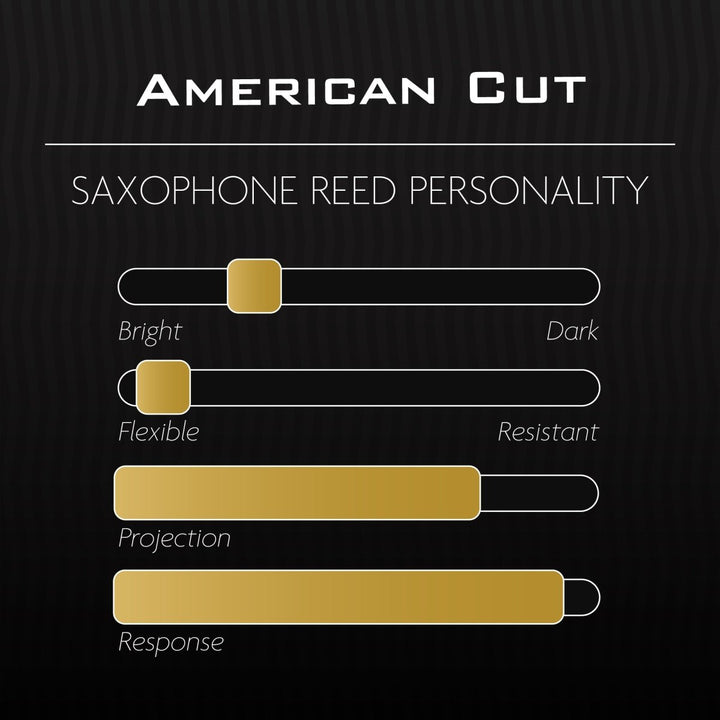A
Andrew (Vynnyky, UA) I've been playing alto for a few years and have my tenor which I use only from time to time, and it's always been a problem to find a light yet nicely sounding reed for it, and Legere 1.5 is just perfect: sounds great and it's really unbreakable comparing to those almost paper-thin but wooden ones.
J
Julie Husband (Winnipeg, CA) I have used Légère reeds since they first appeared on the market.
J
Jean-Francois Trahan (Ville-Marie, CA) Great product. I've try other synthetic reed in the past and will never go back the reed are great and the after-sale service even greater
K
Kale Gorham (Okeechobee, US) I use 2.5 American cut leiger reeds there consistent quality and sound are keeping me Happy!!
J
Jim Arnold (Midland, US) I love the tone, response and durability! No more bamboo for me!






















